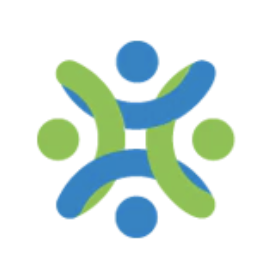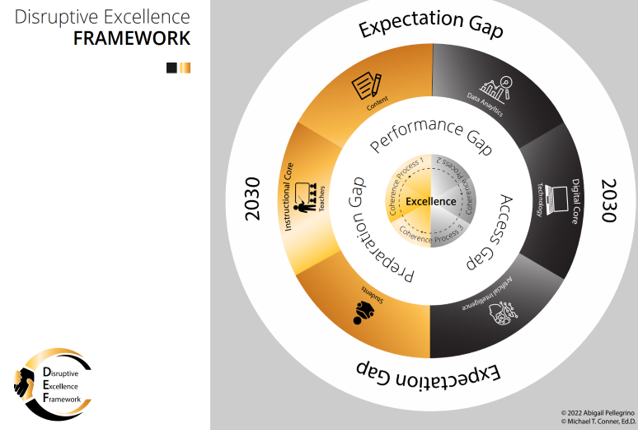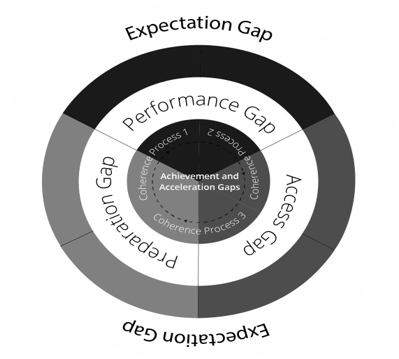
Tactical Practices for the Strategic Disruption of your Assessment Practices
Michael T. Conner, Ed.D., is the CEO/Founder of Agile Evolutionary Group, Corp, and former Superintendent of Schools. He is the architect and creator of the Disruptive Excellence Framework.
The most recent release of achievement data from the Nation’s Report Card demonstrated that over half of our nation’s students function at math levels on the lowest quartile. The achievement data is sobering and calls us, as educators, to review our educational structural processes to ensure we’re meeting student needs. The Disruptive Excellence Framework creates a strategic framework to create innovative systems that will prepare our youngest generations for academic success.
Over the past three years, the pandemic environment has forced us to change educational practices. Now, post-Covid, we must deconstruct traditional systems to advance excellence and equity. Traditional assessment practices before Covid historically worked against Black and Brown students in the education model. The historical focus on achievement assessments has stymied many cultures from accelerating excellence in the system. Using elements from the Disruptive Excellence Framework, assessment protocols should be vigorously examined with intentionality to close gaps amongst historically marginalized subgroups.

Gaps in Assessing for Excellence and Equity
The pandemic years illuminated stark disparities that exist in the educational ecosystem. Post-pandemic, we have the opportunity to disrupt inequities for ALL and “reset” and reimagine various threads in the model, starting with assessment practices. The role of assessment is fundamental to closing excellence gaps – elements embedded in the Disruptive Excellence Framework. In collaborative context, Riverside Insights developed the Balanced Assessment Playbook with actionable steps to create assessment coherence and ensure that assessment programs meet the foundational needs of ALL.

The Excellence Loop to Close the Gap with Assessing Your Assessments
Innovation, the process of taking an idea from inception to impact, is a disruption of how an organization would develop, process, articulate, and implement the shared strategy for ALL. A significant shift in dialogue is necessary to close the Expectations Gap in accordance with key demographic indicators such as race, gender, preference, and zip code. Assessing Your Assessments using the Excellence Loop elements can assist in this paradoxical change within any learning organization. Here are some core ideas from the elements of the Excellence Loop that can assist your process with Assessing Your Assessments with innovation and excellence in mind. Expectations Gap: Assessment tools embed rich standardized language that can contradict the broader demographics you might service daily. I am not advocating for compromising assessment rigor – closing the Expectations Gap is recognizing areas to improve so ALL benefit from achieving their goal rooted in potential.
Preparation Gap: Before Covid, leaders within the ecosystem underscored academic achievement data. Painstakingly, this standard assessment practice has left many students behind. Closing the Preparation Gap in the Excellence Loop is targeting data decision making processes with growth indicators grounded in the voices of ALL. As we progress with implementing other elements from the Disruptive Excellence Framework (i.e., Coherence Processes), education structures and systems will have to radically transform to align with the new demands of younger generations.
Performance Gap: With the demographic trends in Generation Alpha being majority Black and Brown, every dimension in the education sector must target practices of excellence and inclusion. Closing the Performance Gap is designing equitable assessment processes where reflection and accountability are metabolized for organizational growth. An example of this would be aligning ability data, such as Riverside’s Cognitive Abilities TestTM (CogAT®) metrics to organizational learning needs to plan for coaching/development support of leaders and teachers.
Access Gap: After conducting a causal analysis of their learning organization’s assessment program, eliminating Access Gaps in the context of pedagogy, outcomes, and innovation should elicit opportunities for students to become co-authors of their personalized learning pathway. Universally, traditional assessment norms have historically been static. Being intentional with how you evaluate your assessment pragmatics (e.g., Riverside Insights Balanced Assessment Playbook) will enact systems to close inequities and promote academic growth for all students.
Urgency for Assessing Your Assessment to Gain Innovative Excellence
Every organizational tenet in education was “tested” at novel times of the pandemic. Redefining this education paradigm to be in alignment with the needs of our youngest generations will require maximum levels of agility and foresight. In this time of permissionless R&D (Research and Development) work in education, innovation must be purposeful to close excellence gaps and define excellence and equity for ALL.






.jpg)